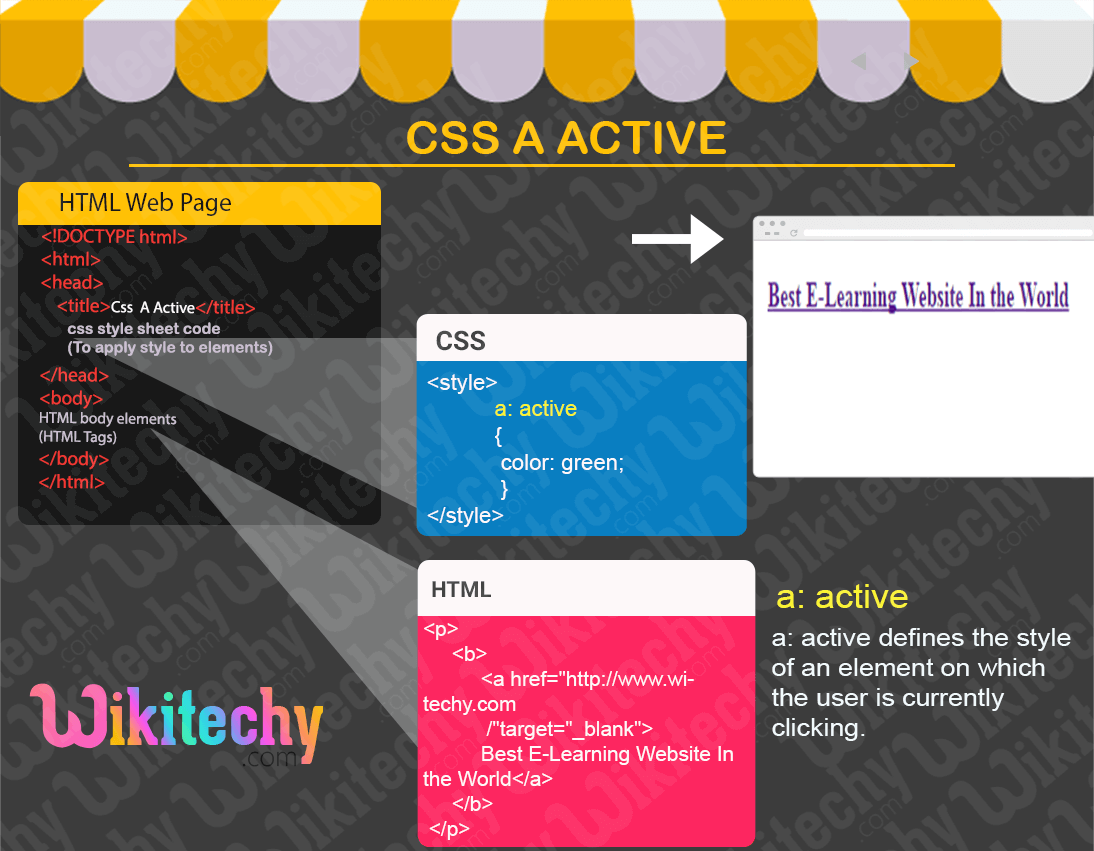
CSS Link active CSS Learn in 30 seconds from Microsoft MVP Awarded wikitechy
CSS :active selector is used to apply CSS styles to an element only when it is active. An element becomes active when you click on it. As soon as you finish clicking the element, these styles are completely removed from the element. The p:active selector in the following example will add a yellow background to the
element as soon as you.

CSS Selectors How To Combine For Specific Targets
MDN Tecnologia da Web para desenvolvedores CSS :active :active In This Article The :active CSS pseudo-class represents an element (such as a button) that is being activated by the user. It is generally triggered when the user clicks on an element or selects it with the keyboard's tab key.
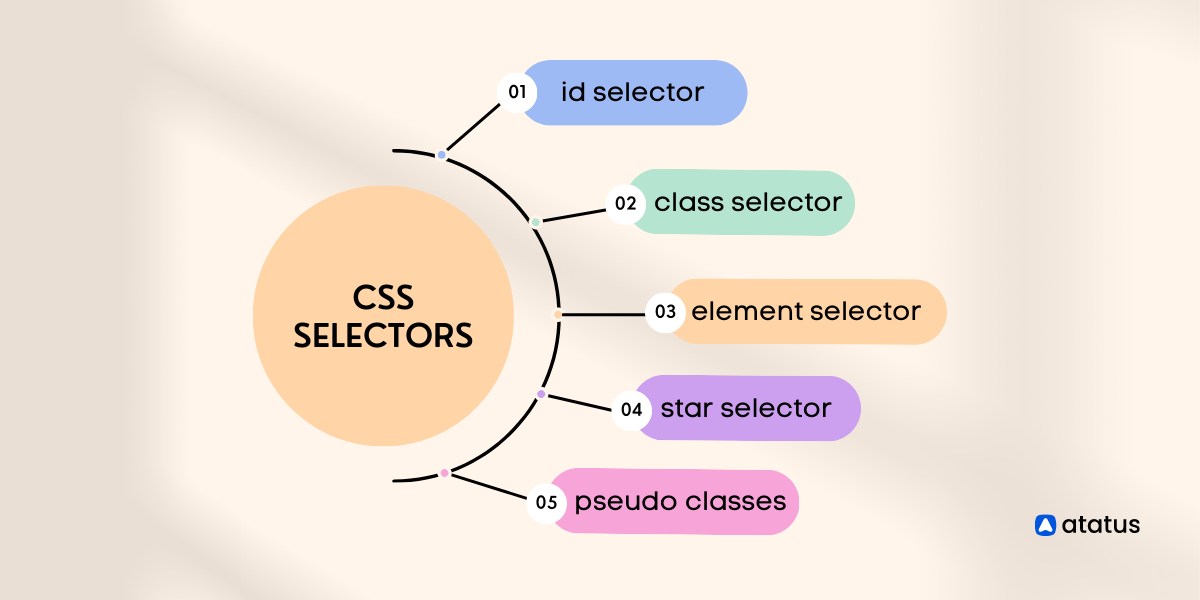
10 CSS Selectors that will Boost your Coding Skills
Select and style the active link: a:active { background-color: yellow; } Try it Yourself » More "Try it Yourself" examples below. Definition and Usage The :active selector is used to select and style the active link. A link becomes active when you click on it. Tip: The :active selector can be used on all elements, not only links.
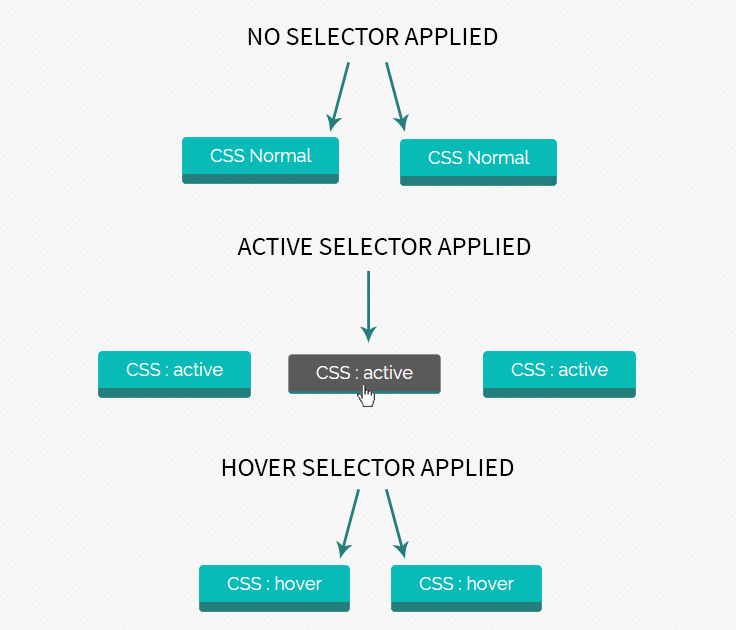
CSS active selector FormGet
Courses The: active selector is used in styling an active link of the web page. Style display when the user clicks on the link. This selector is different from :link, :visited and: hover selectors. The main use of : active selector is on the links but it can be used on all elements. Syntax: :active { //CSS property }

Guide to CSS Selectors Lesson Uxcel
Well organized and easy to understand Web building tutorials with lots of examples of how to use HTML, CSS, JavaScript, SQL, PHP, Python, Bootstrap, Java and XML. w3schools .com THE WORLD'S LARGEST WEB DEVELOPER SITE

Basic CSS CSS Selectors
CSS selectors target and select the HTML elements you want to style. Specifically, CSS selectors allow you to select multiple elements at once.. The :active selector applies when the element is selected after being clicked on and after holding down a mouse button: a:active { property: value; } Pseudo-Class Selectors for Inputs .

The Ultimate Css Selectors Cheat Sheet Pdf Candle Stick Trading Pattern
Before active state (before clicking the button): After clicking the button: Explanation: In the above example, use following CSS property to set the :active selector. button:active { background-color: green; font-family: 'Courier New', Courier, monospace } With these lines of code we are changing the styling of button on focusing.
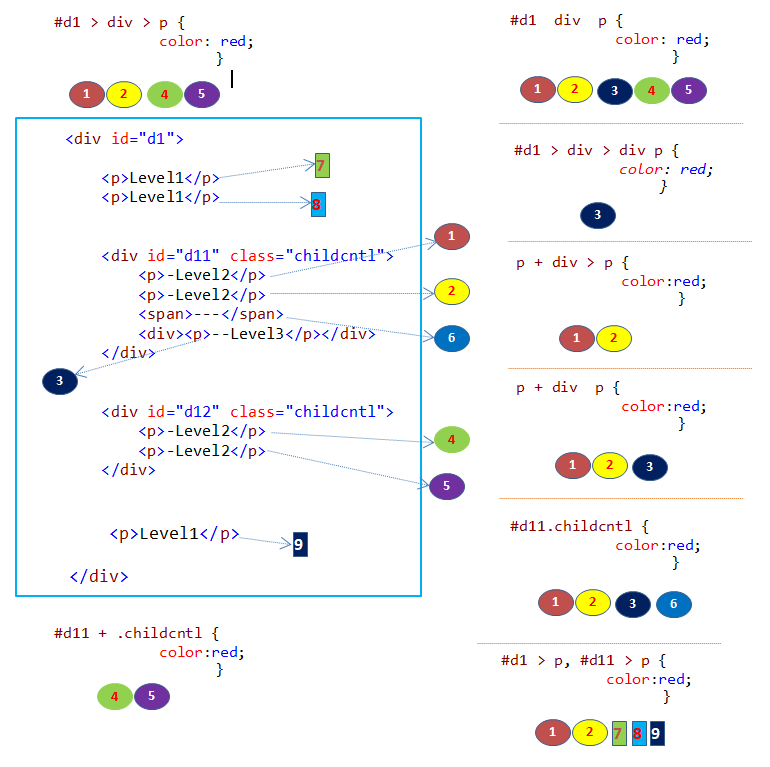
8 CSS selectors explained with example, DOM tree and cheat sheet
CSS Select Styles are the secret sauce to not just making your site work, but making it pop. Think of them as the VIPs in the world of web design, waving their all-access passes, grabbing elements by the ID, cozying up with classes, and telling them how to strut their stuff on the digital runway.
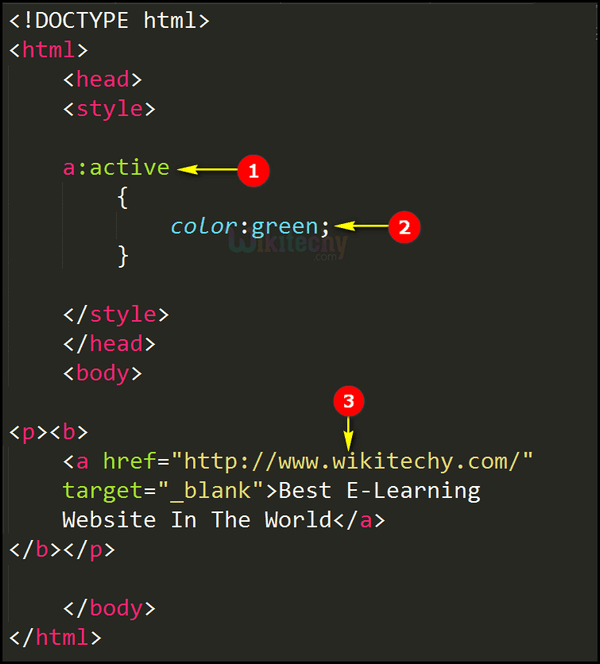
CSS Link active CSS Learn in 30 seconds from Microsoft MVP Awarded wikitechy
The :active pseudo selector changes the appearance of a link while it is being activated (being clicked on or otherwise activated). It's usually only seen for a split second, and provides visual feedback that the element was indeed clicked. It's most typically used on anchor links ( ).

CSS Selectors Types of Selectors in CSS Ultimate Guide on CSS3 Selectors BTech Geeks
The CSS selectors module defines the patterns to select elements to which a set of CSS rules are then applied along with their specificity. The CSS selectors module provides us with more than 60 selectors and five combinators.. active:any-link:autofill:blank:buffering:checked:current:current():default:defined:dir():disabled:empty:enabled.

The Basics of CSS Selectors YouTube
The CSS :active selector allows you to target an element that is being activated (such as a link that is being clicked on). Syntax The syntax for the :active CSS selector is: element:active { style_properties } Parameters or Arguments element The element to target when the user activates it. style_properties

How to customize with CSS select options HTML CSS tutorial YouTube
The :active pseudo-class is used to select and style the active link or any other element. It is activated by user. An element becomes active when the user clicks on the link or the element and presses down the mouse button. The :active pseudo-class is used on the and

CSS active selector YouTube
css :active { /*. */ } Examples Active links HTML html
This paragraph contains a link: This link will turn red while you click on it. The paragraph will get a gray background while you click on it or the link.
CSS css
The Different Types Of Contextual Selectors In CSS
CSS : active selector is used to select and change the styles of the active link to make them attractive. A link or tag becomes active when clicked on it.. In this tutorial, we have applied CSS selector : active on link (which looks like a button) to show its effect.Here we have demonstrated to apply css on an element that has first normal selector, then : active selector and the last : hover.
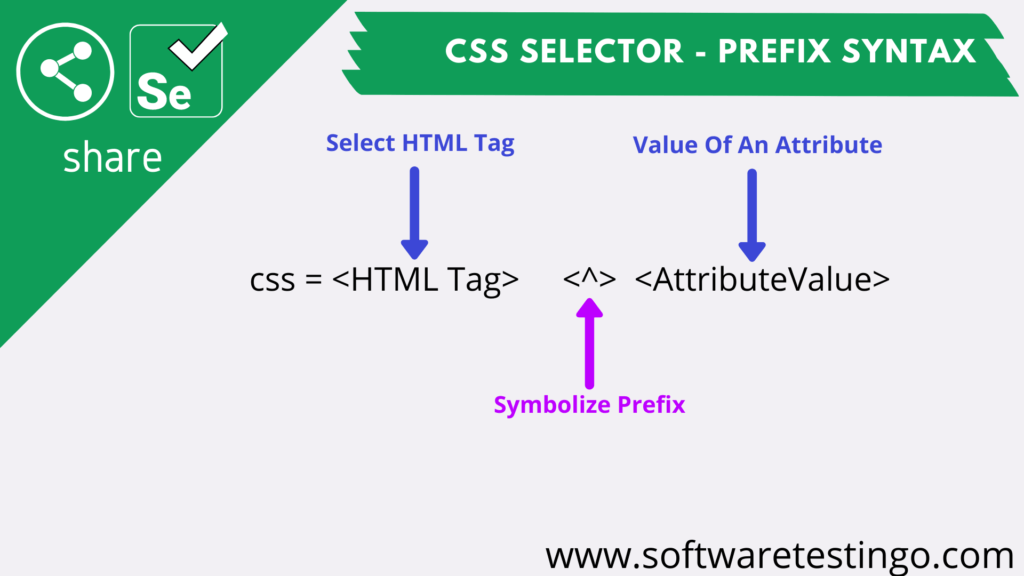
Learn CSS Selector Selenium WebDriver Tutorial [ 2023 ]
CSS Selectors. In CSS, selectors are patterns used to select the element (s) you want to style. Use our CSS Selector Tester to demonstrate the different selectors. Selects the current active #news element (clicked on a URL containing that anchor name)

20+ Select Box CSS Examples Inspiration OnAirCode
CSS Pseudo-classes Previous Next What are Pseudo-classes? A pseudo-class is used to define a special state of an element. For example, it can be used to: Style an element when a user mouses over it Style visited and unvisited links differently Style an element when it gets focus Mouse Over Me Syntax The syntax of pseudo-classes: